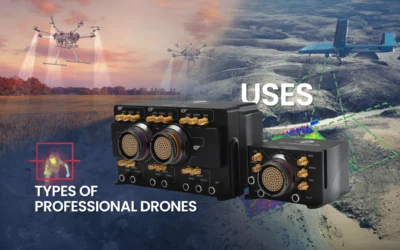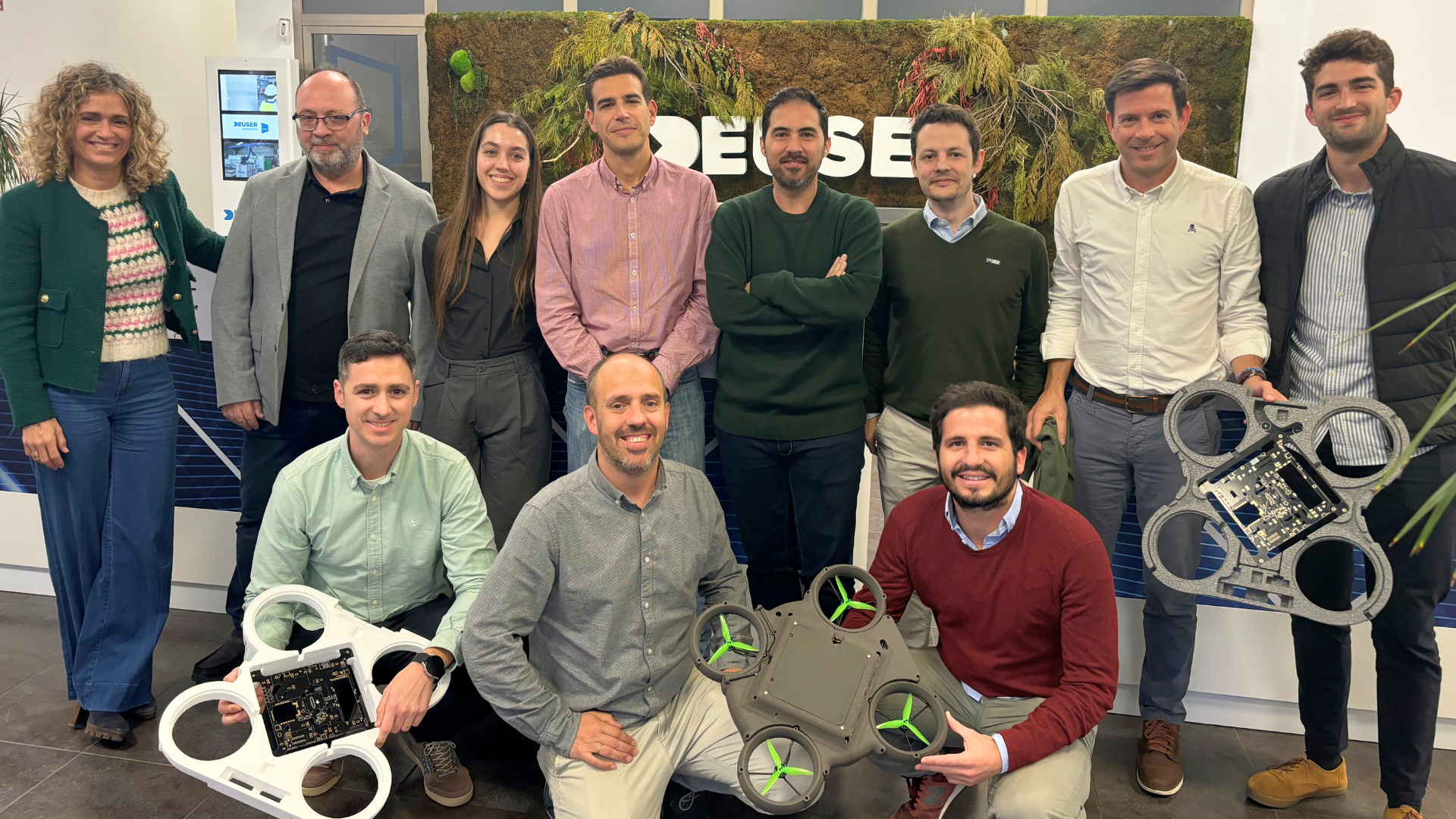The new rule sanctioned last December 15th, which defines the new regulatory framework for drones in Spain (RD 1036/2017), has been published in the Spanish Official State Gazette (BOE) of 2018. This new rule is one of the first but not the only to be introduced in Europe, providing additional possibilities to professional services and establishing new conditions. Besides, the Spanish Ministry of Development (Ministerio de Fomento) together with the Spanish Civil Aviation Authority (AESA) committed to creating a strategic plan for drones for the first trimester of 2018, a tool that will boost this segment of the industry in Spain. Some changes that this new rule includes are the following:
Operational scenarios of the new rule for drones
In every scenario, aircraft will have to have either a maximum takeoff weight (MTOW) lower than 25 kg (10 kg if the flight is over crowds) or an airworthiness certificate provided by the civil aviation authority.
In any case, unless with express permission of the corresponding authority, flights with this kind of aircraft are only allowed in non-controlled airspace and out of flight information zones (FIZ).
Unpopulated areas
There are three kinds of flights regulated by the new rule for drones within unpopulated areas: VLOS (Visual Line of Sight), EVLOS (Extended Visual Line of Sight), and BLOS or BVLOS (Beyond Visual Line of Sight). For VLOS and EVLOS, the rule allows operations with drones of up to 25 kg MTOW and under optimal visual meteorological conditions (VMC). Nevertheless, it should be considered that for VLOS flights, the maximum horizontal distance between the drone and the pilot should not exceed 500 meters, while for EVLOS flights this 500-meter limitation can be extended if there are pilots (or at least people with theoretical formation to be drone pilots) within the visual line of sight regarding the aircraft and in permanent contact with the pilot via radio, increasing in this way the distance between the pilot and the drone as much as the communications range will allow.
In this scenario, it is possible to fly drones at 120 meters (400 feet) above the ground or the highest obstacle within a 150-meter radius from the aircraft. On this way, if it is pretended to perform an inspection of infrastructure such as a windmill, the maximum height of the flight will be 120 meters plus the height of the mill if it is in a horizontal distance lower than 150 meters from the drone.
Regarding the BLOS flight mode, if the operator doesn’t want to go through a complex bureaucratic process, the drone can only have a MTOW up to 2 kg. If the MTOW is over 2 kg, the aircraft will have to have a certified system by AESA that permits the pilot to detect and avoid obstacles; otherwise, the flight will be allowed only in temporary segregated areas (TSA). In addition, it is necessary to inform about the operation through a NOTAM to the corresponding authority.
Urban areas and crowds of people in unpopulated areas
In this case, the new rule for drones specifies that the aircraft doesn’t have to exceed 10 kg MTOW, and the maximum horizontal distance of the drone regarding the pilot has to be within a 100-meter radius. In these areas, conditions are more restrictive since, in every case, operators have to inform the Ministry of Interior at least 10 days in advance. In any case, the aircraft has to be equipped with a device capable of limiting the energy of the impact in case of accident, as well as having either to fly over areas reserved for this purpose or to keep a 50-meter horizontal distance from any building, object, or person not directly involved with the operation.
Controlled airspace
With the new rule for drones, for operations within this kind of controlled area (CTR—Controlled Traffic Region), it is necessary to perform an aeronautic safety study and request authorization from AESA, and pilots should be accredited as radio operators in order to be coordinated with the airport operator. Besides, these flights are restricted to keep a minimum distance of 8 km from the reference point of any airport or, at least, 6 km from any runway threshold. In case the operation is BLOS, if the infrastructure has procedures of instrumental flight, the minimum distance is 15 km, and the drone has to be equipped with a mode-S transponder.
Night flights
The new rule for drones considers the need of using a lights system to assure the visibility of the drone in night conditions, as well as performing an aeronautical safety study for AESA in order to get its authorization.
Moving vehicle
In flights with moving vehicles as control stations, it is necessary to prepare an operational plan that guarantees the visual line of sight is not lost between the moving vehicle and the drone.
Other areas
The new rule for drones doesn’t introduce any change to what was previously regulated regarding forbidden, restricted, and dangerous areas. Nevertheless, conditions to fly over critical infrastructures have changed: now it is possible to overfly them but only with the express permission of the responsible person of the infrastructure, which now permits to perform technical and engineering tasks over infrastructures related to energy, telecommunications, and nuclear power plants.
After the publication of the new rule for drones of 2018 in Spain, it is expected that the regulation for drones in the rest of European countries will permit a more flexible use of this technology.















